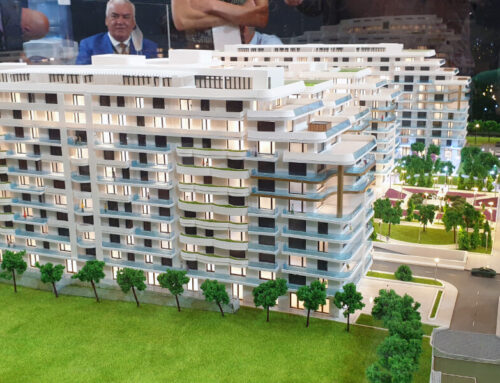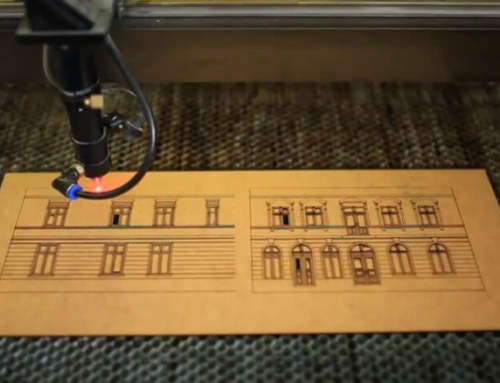To understand the purpose of the model is to understand the justification of the design it must convey and a thorough knowledge of what you are trying to achieve. If this is an understanding of massed shape or light on the building, then the model must have a sympathy through materiality, scale or colour that can define this.
The model doesn’t always need to convey all the detail of the project brief; it can be a general principle of the design that is put across to your audience. This study model is normally an early stage of the design brief but will ultimately guide you through to the important observations of the brief.

More detailed commissions can later tell the complete story but a controlled understanding of the core principles will always lead you to the creation of a successful designed model. When trying to perceive a design from the point of view of the layman’s eye, architectural models have the advantage over two-dimensional drawings because they make it easier for the observer to form a subjective opinion about the designer’s intentions.
They serve as the basis of important discussions about design ideas and for negotiating solutions.
Presentation models
These usually have a sales-orientated goal and are designed to maximize the aesthetically pleasing aspects of the design – this can range from a large housing development to a block of flats. The ultimate aim is to help create an image of allure that makes people want to live somewhere; developers hope that the selling of a perfect world in which to live helps to sell the properties before they are built.
Scale
Scale can be defined thus: a representation or copy of an object that is larger or smaller than the actual size of the object, which seeks to maintain the relative proportions of the physical size of the original object.
Here is a useful scale guide to obtain more information about standard architectural scales and to help with scale selection.

The scales and their architectural use are broadly as follows:
1:1 Full (or real)
1:10 Details
120 Interior spaces.’ flu-rift:re
1:50 Interior spaces “detailed floor plans .’different floor levels
1:75 Detailed floor plans:different floor levels
The fully finished model or sections of buildings show the colours, building details, building construction methods, suspended ceilings, window finishes and frame colour, and detailed textured landscaping. The main structure of these models can be similar to the scales listed, with smooth contoured bases to show level changes; within the buildings the detail is embellished with a variety of different materials and finishes.
Balconies are often etched out of metal, as are fences, bridge handrails, some complex window surrounds, benches and many other minor details. Plants, trees, bushes and grass effects are created from many different materials. The detail can be as realistic as the client budget can extend to.










